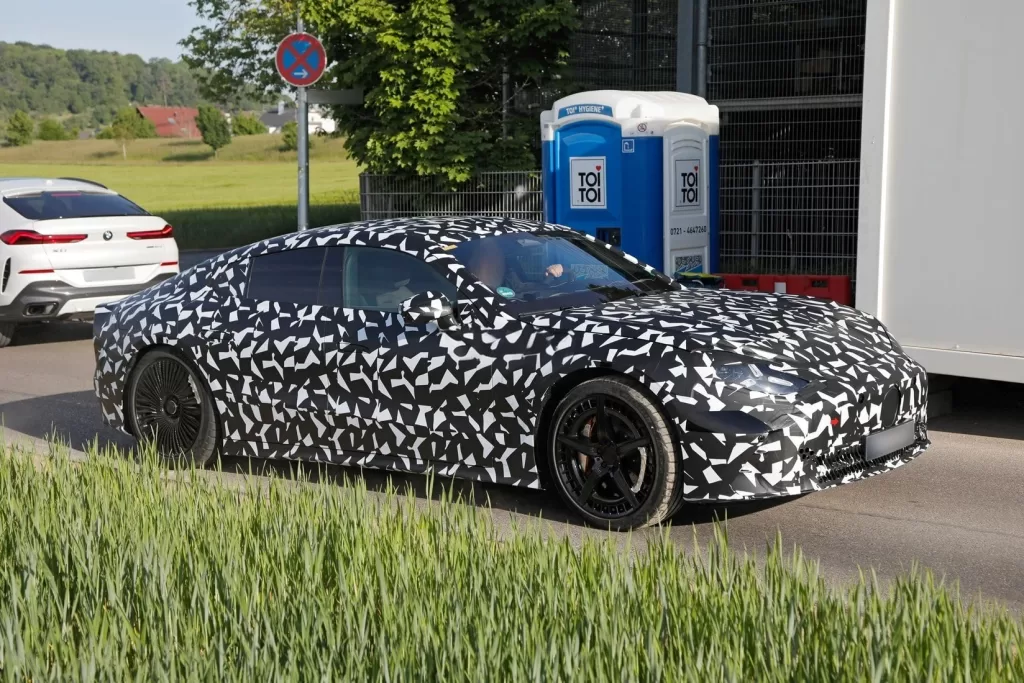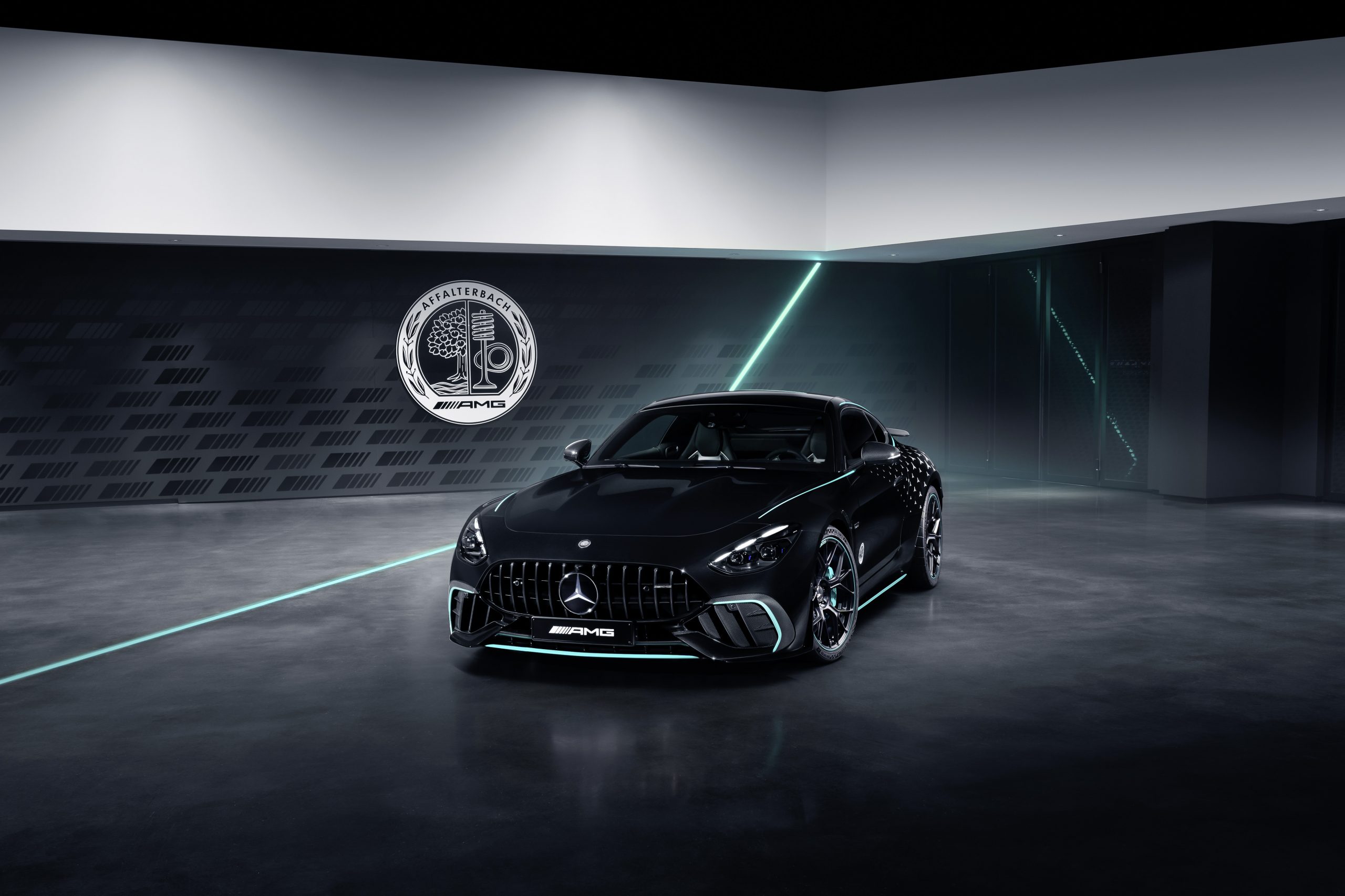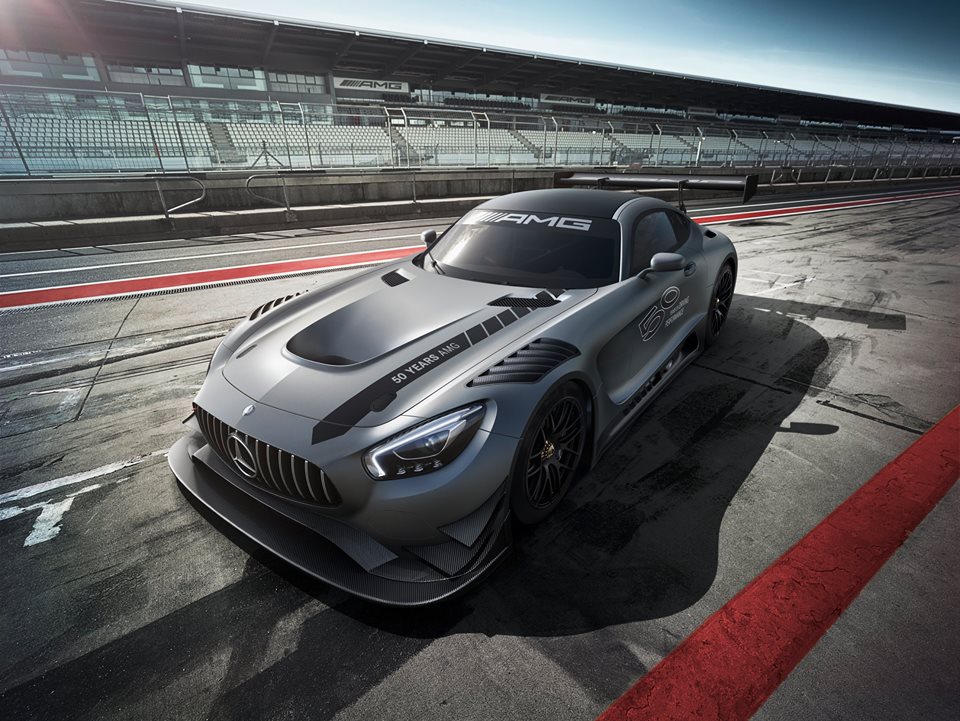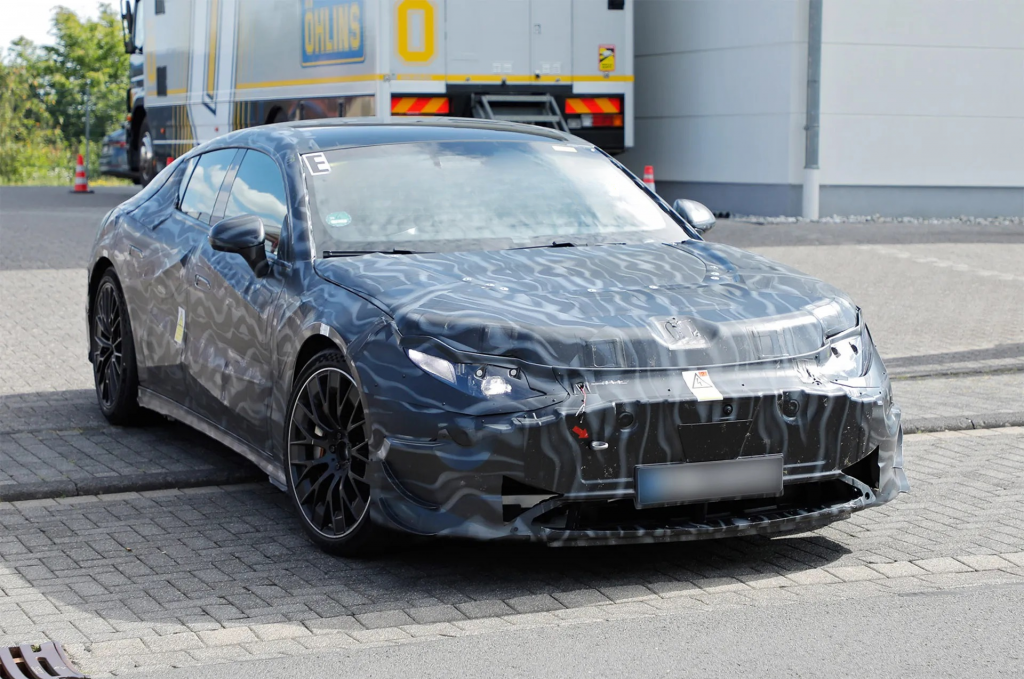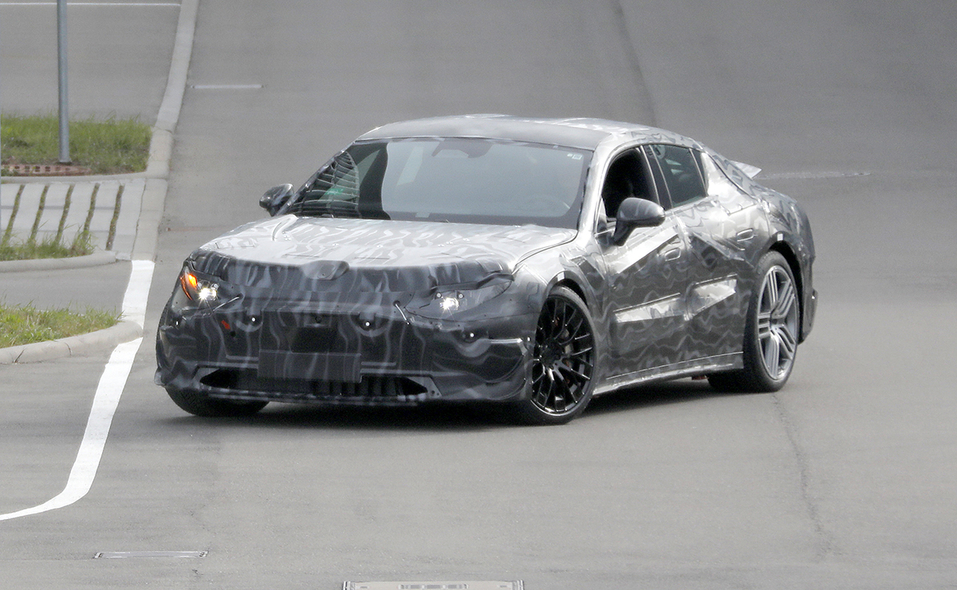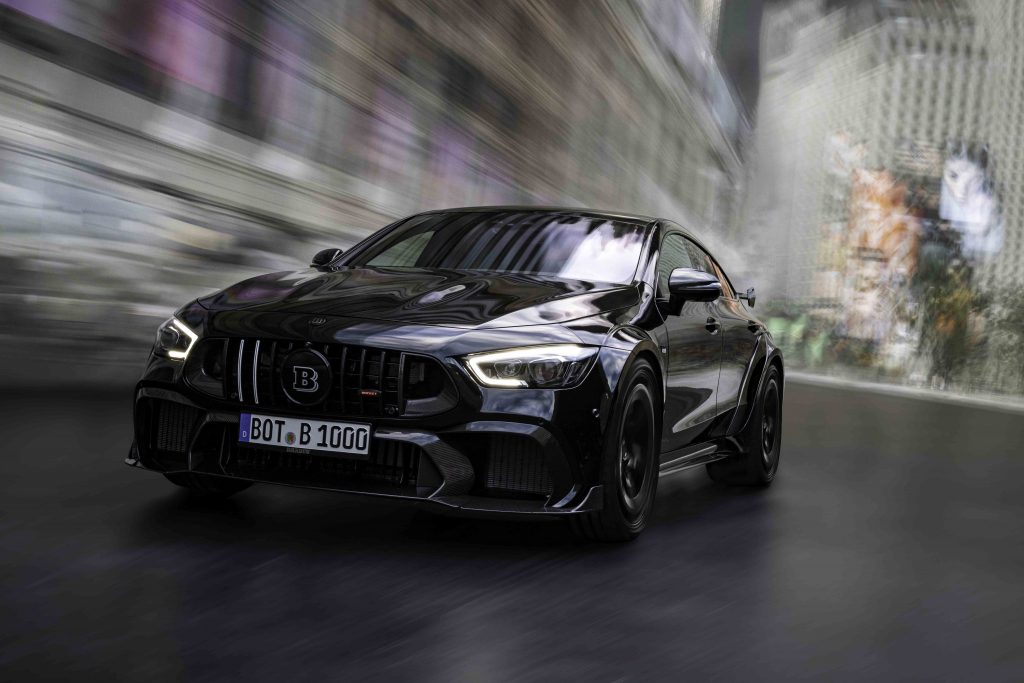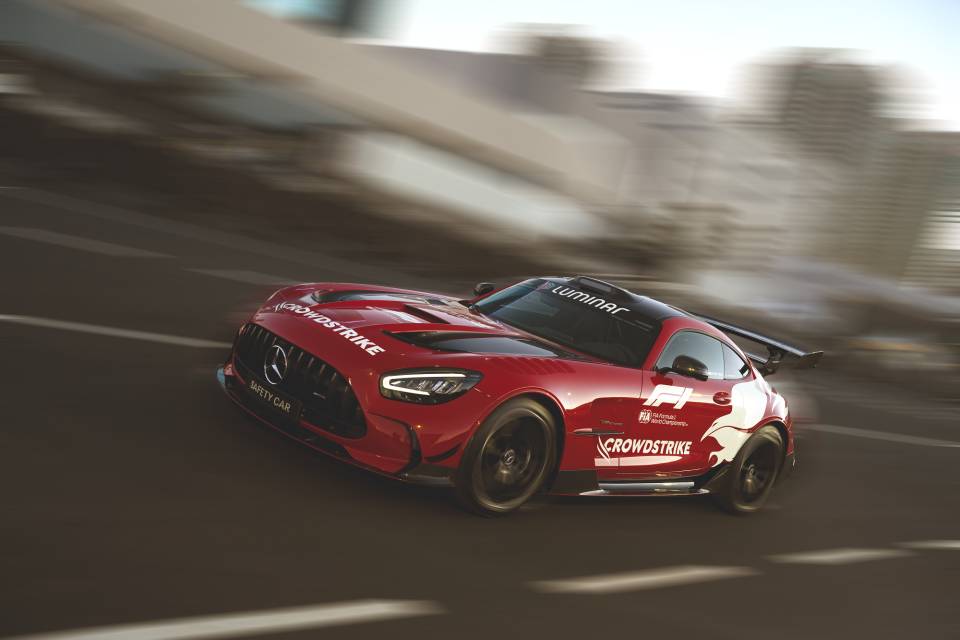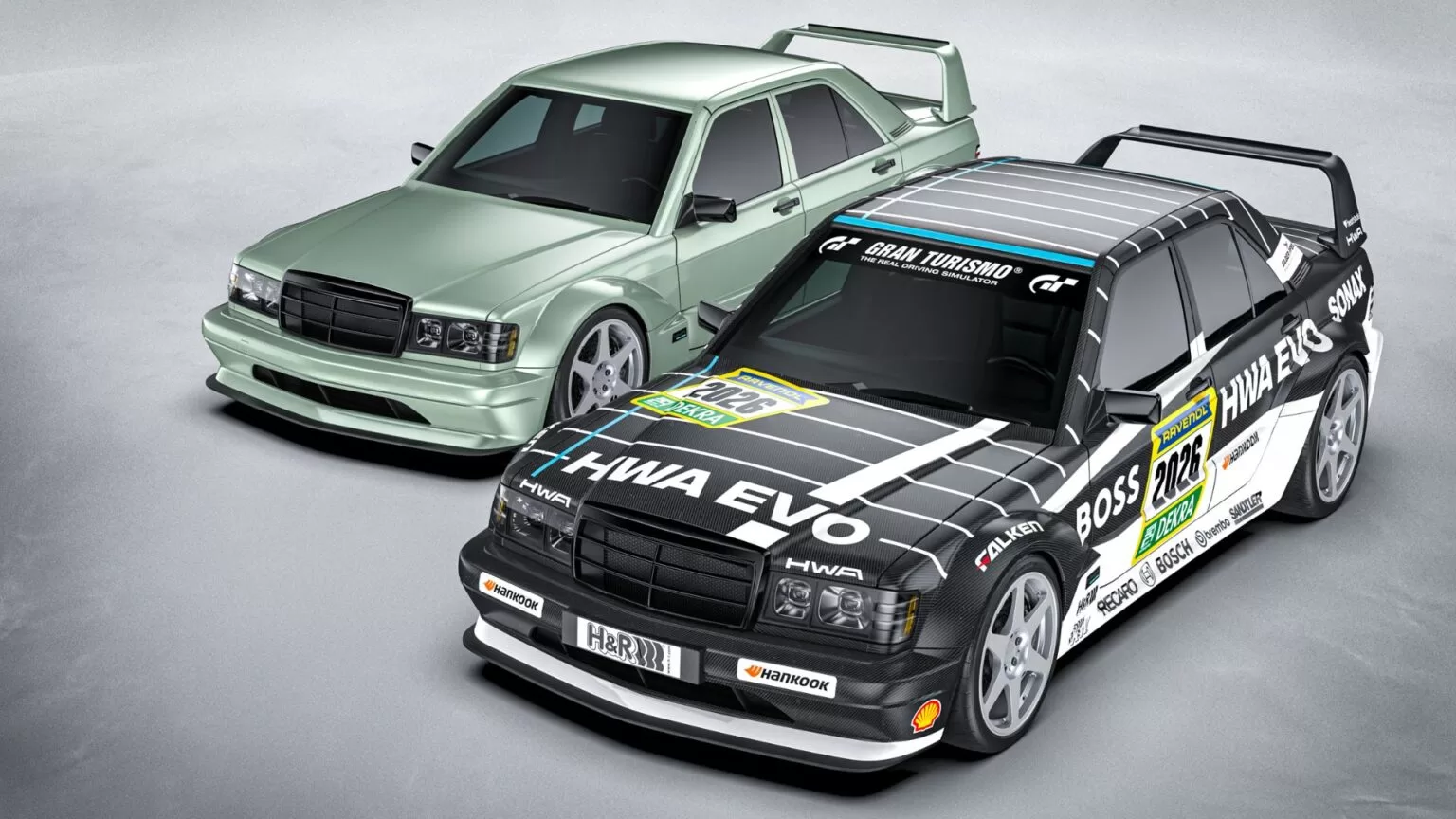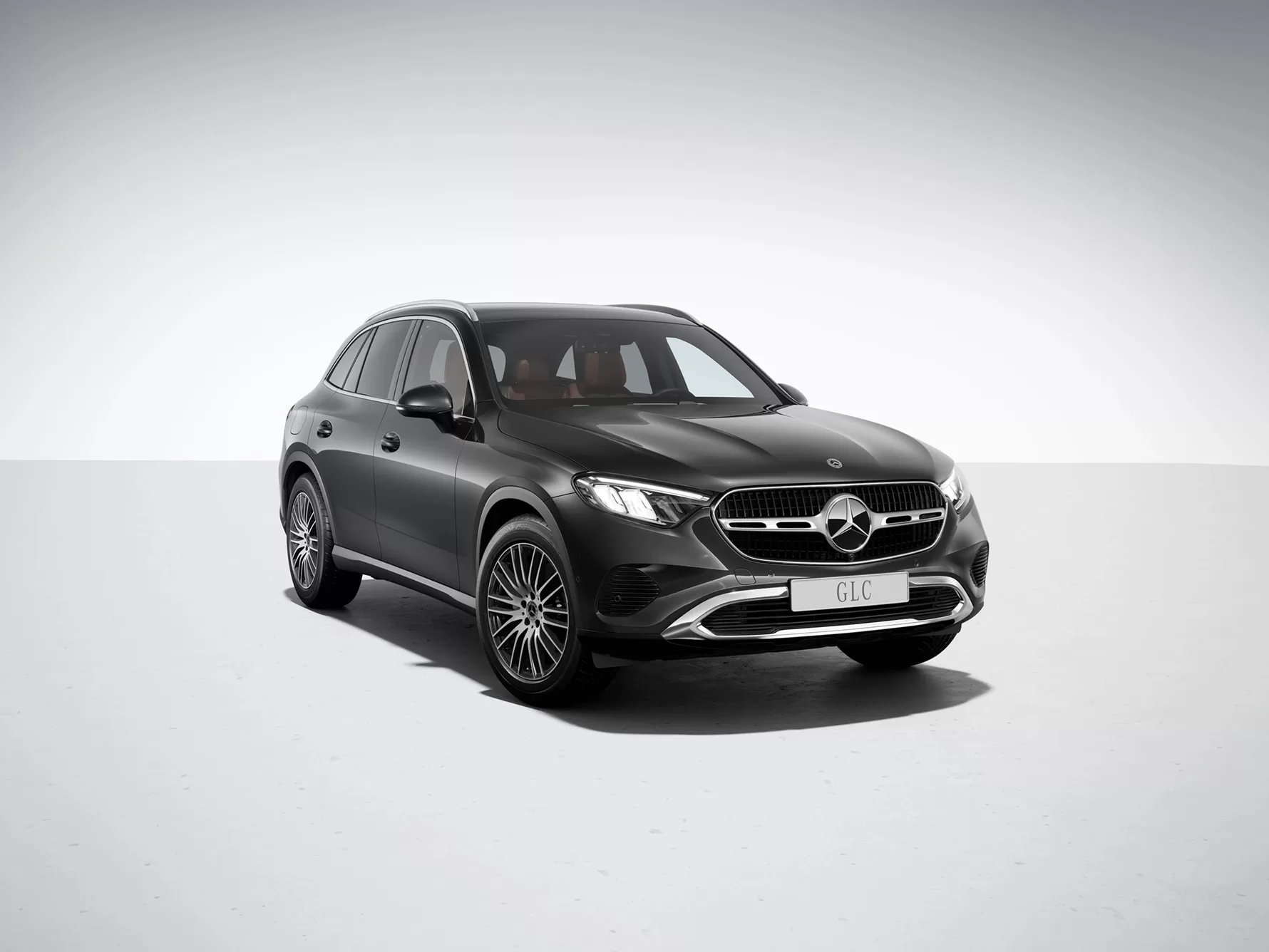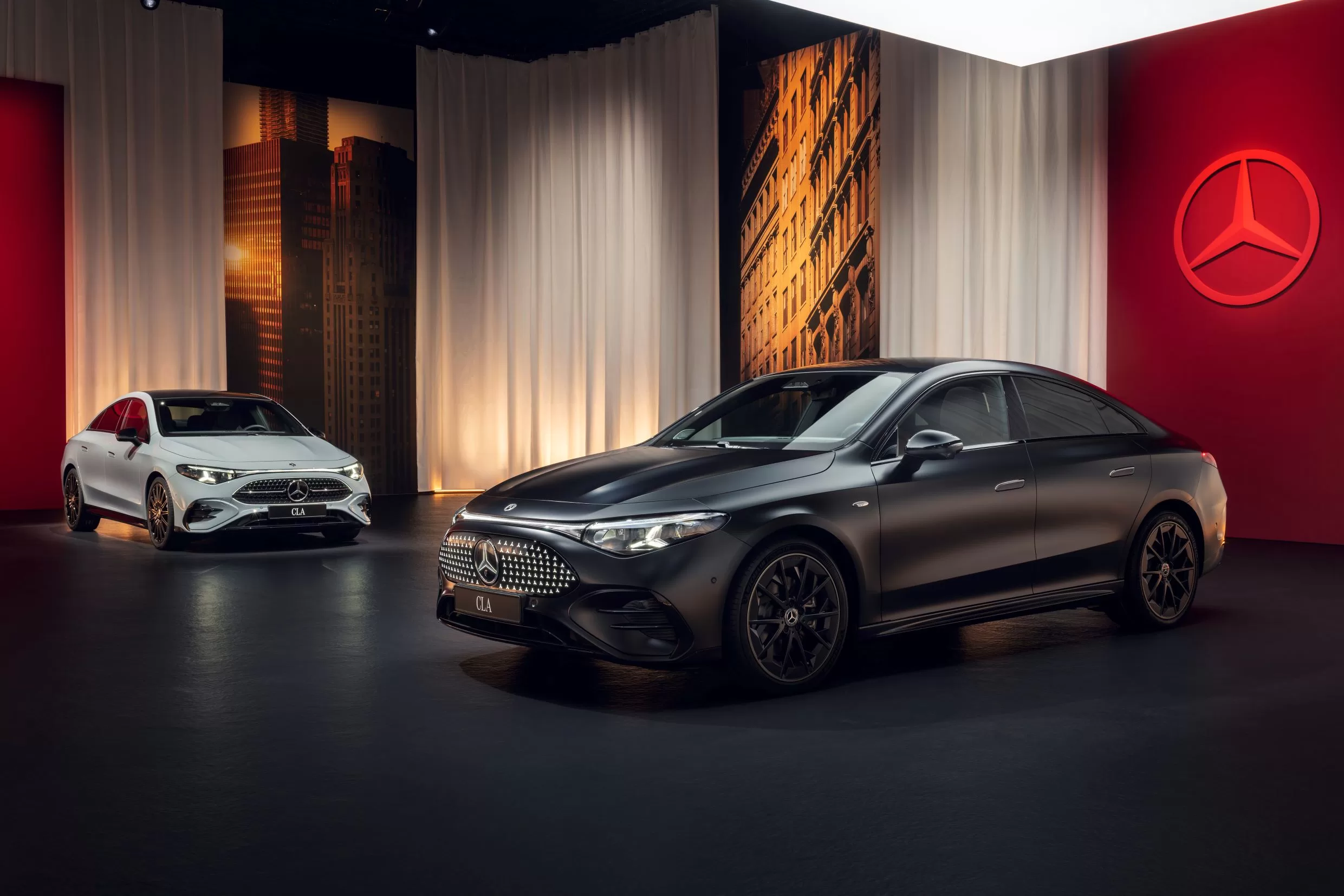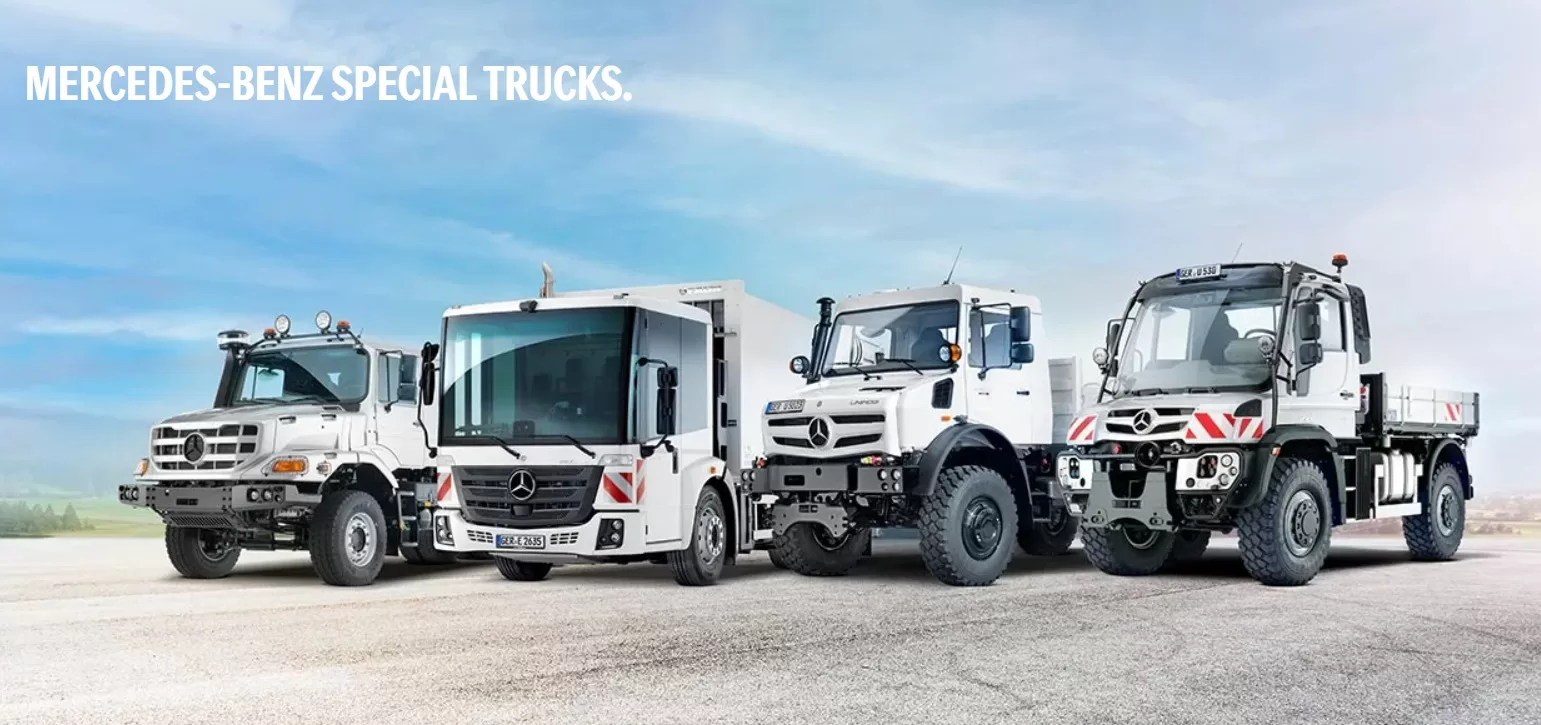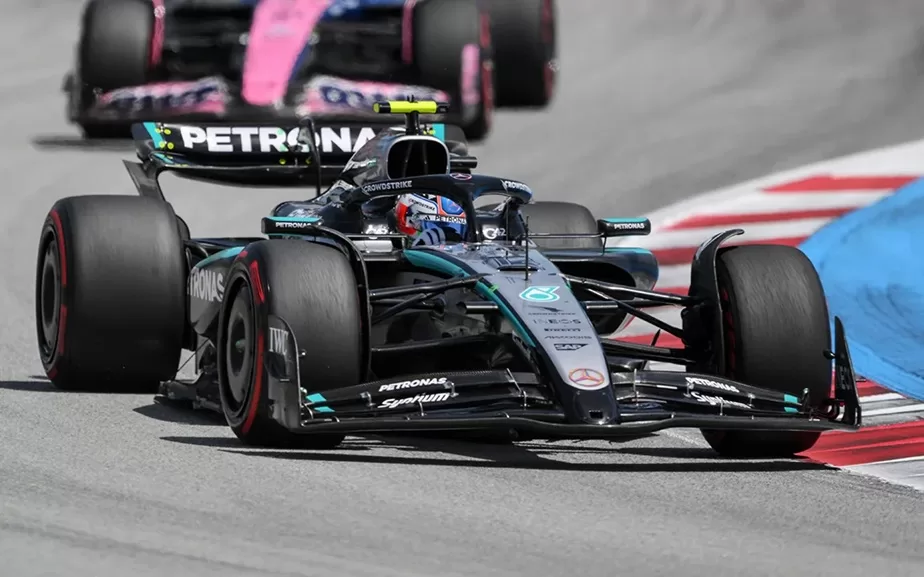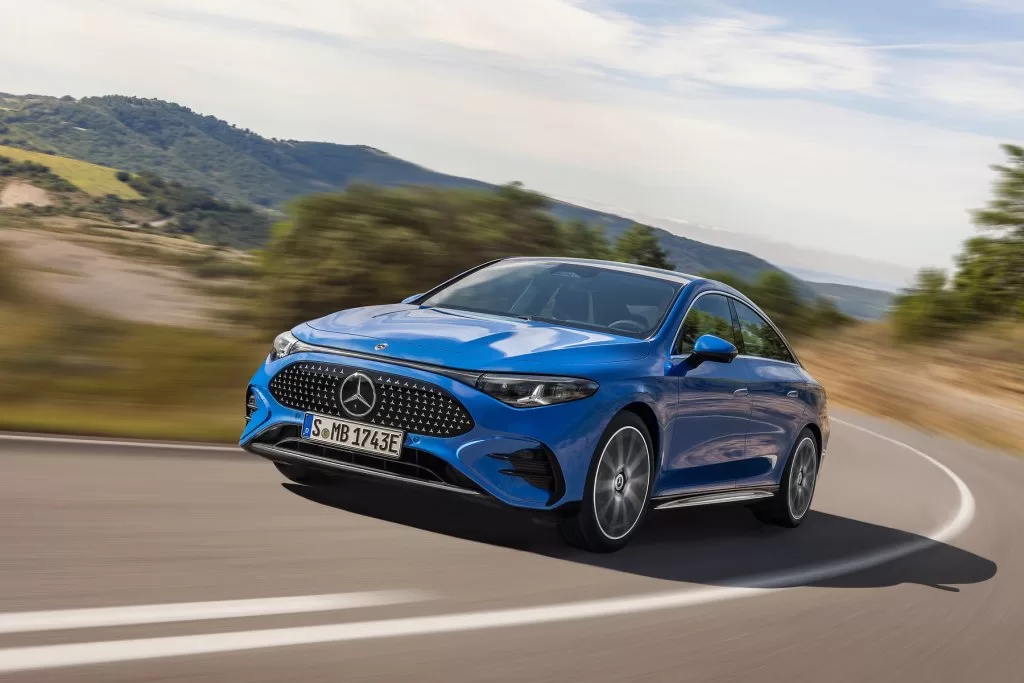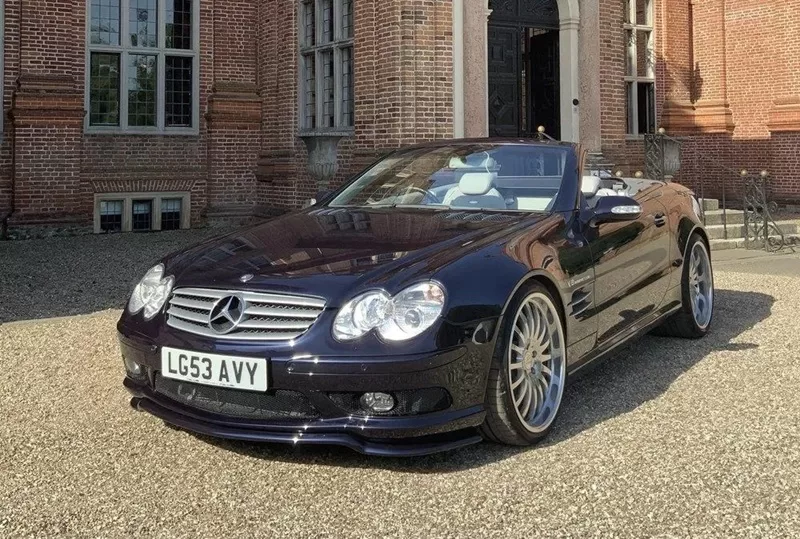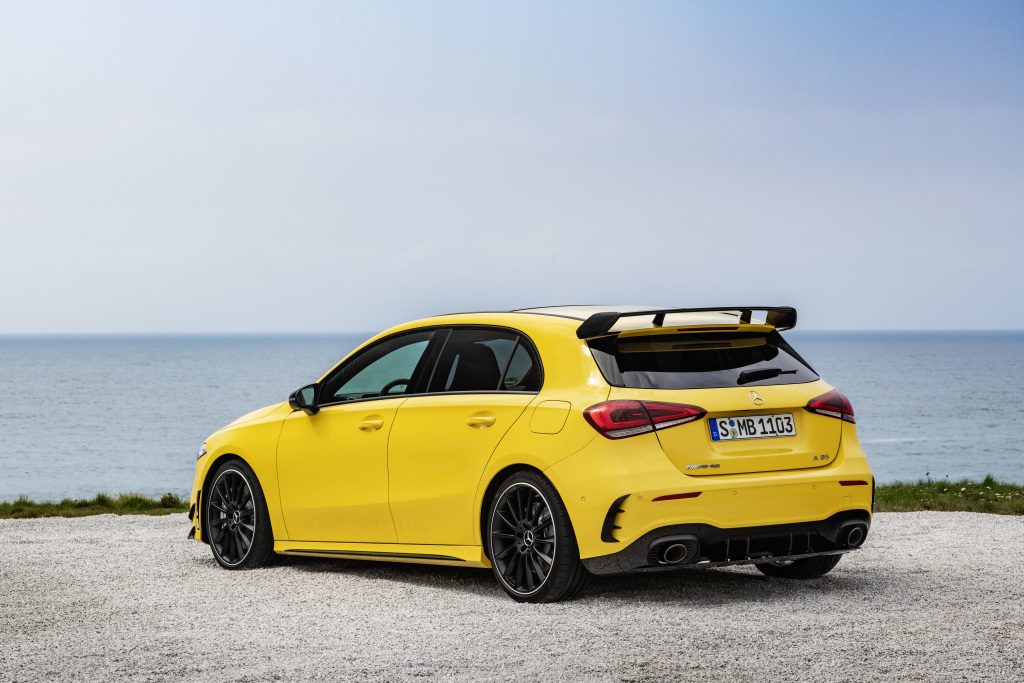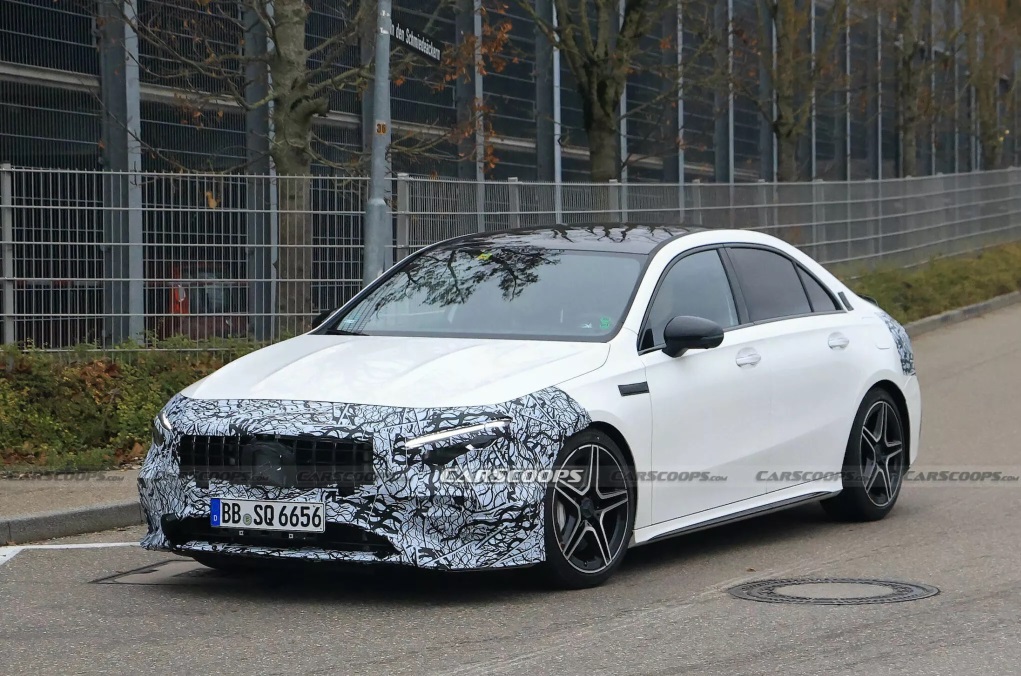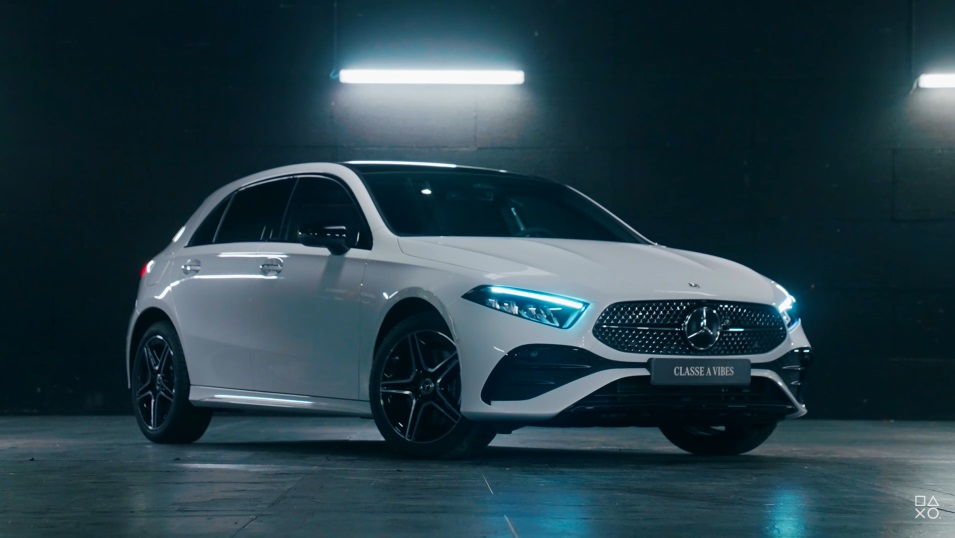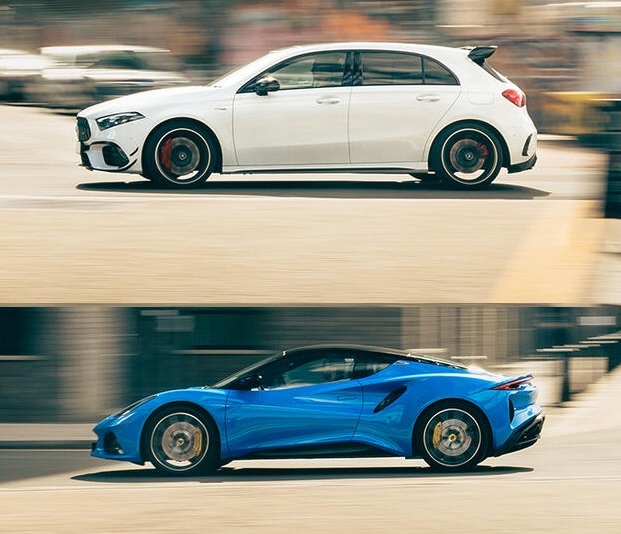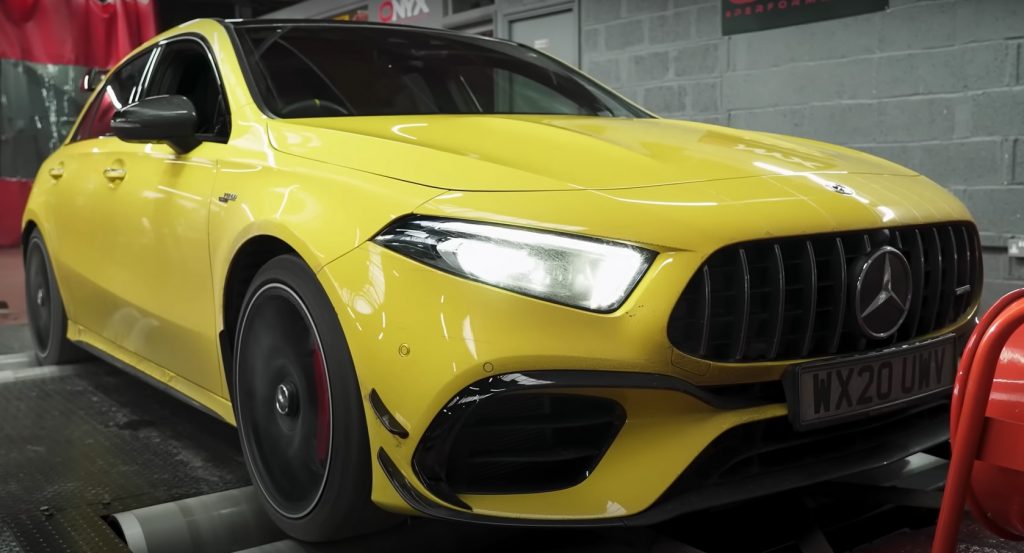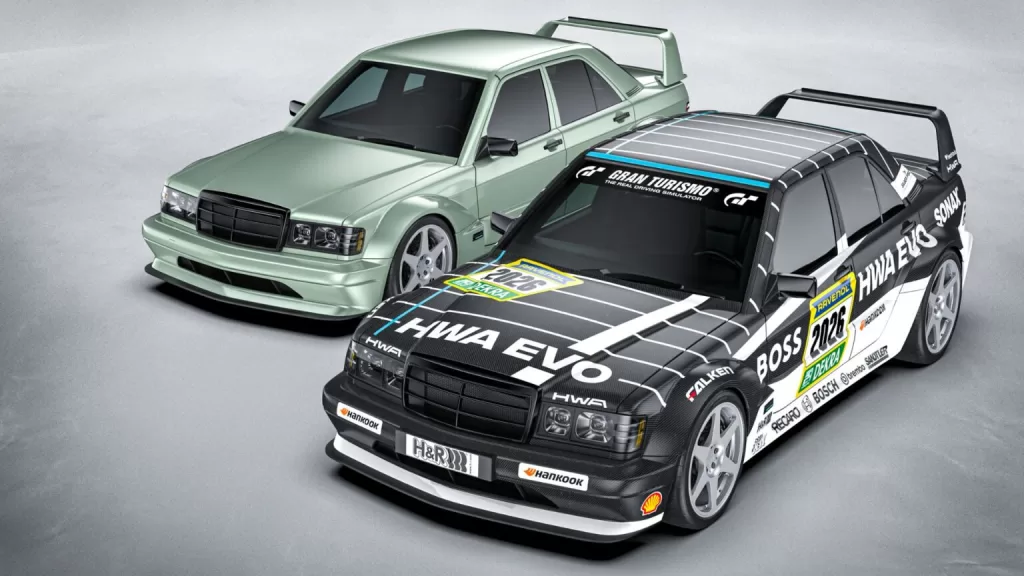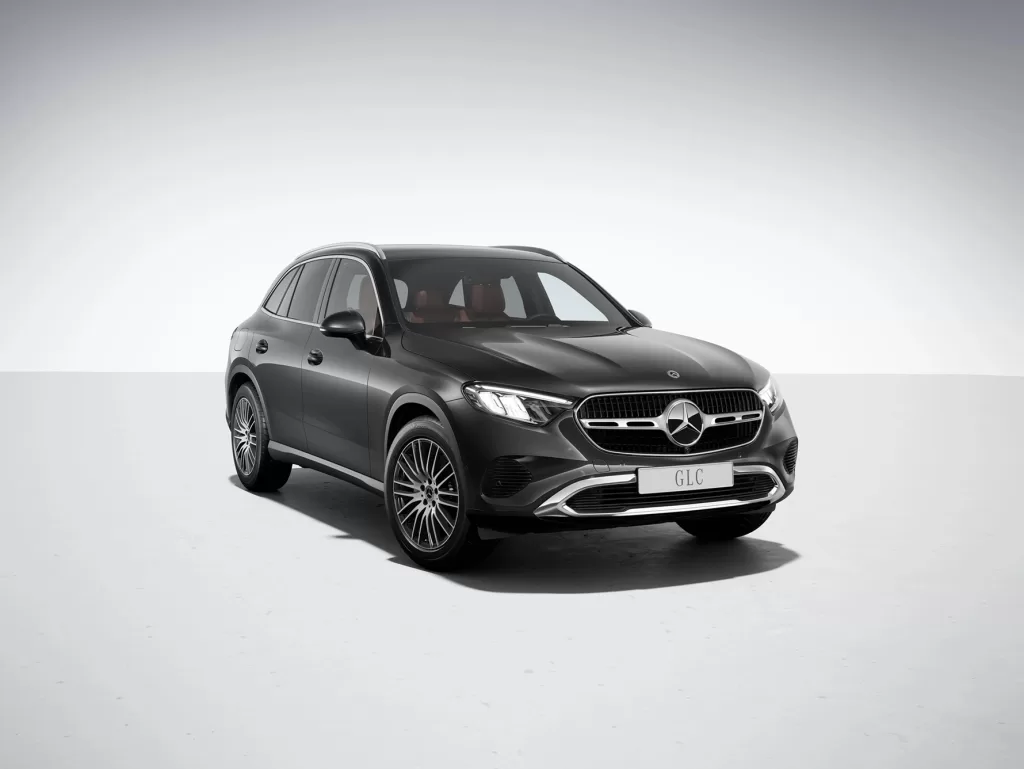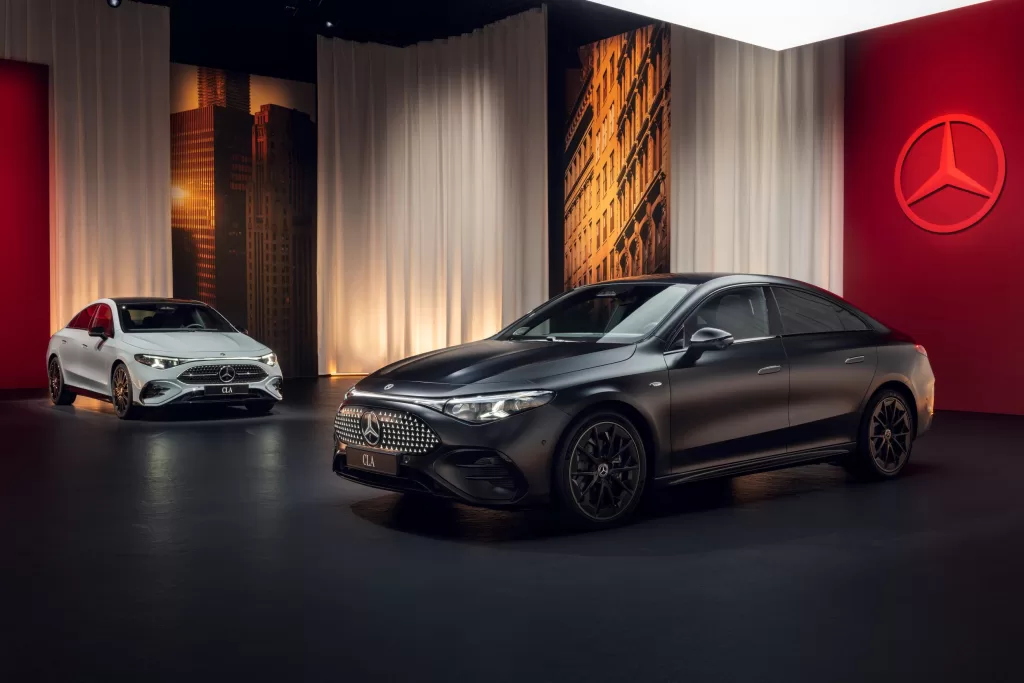The inventor of BLUETEC technology is entering a new era with the E 300 BLUETEC: following positive experiences in the American market since autumn 2006, particularly environmentally friendly BLUETEC diesel technology is now also available in a passenger car model in Europe. Mercedes-Benz has managed to retain the same, low fuel consumption while achieving a massive reduction in emissions and compliance with the EU5 standard. The intelligent BLUETEC system makes the diesel engine one of the world’s cleanest and most efficient power units.
Environmental compatibility, driving pleasure and comfort are just some of the strengths of the new E 300 BLUETEC Saloon, with which Mercedes-Benz is starting its BLUETEC initiative in the European market. This E-Class with the very latest emissions management is based on the well-proven CDI models, and excels with outstanding ecological, economic and dynamic attributes: the 155 kW/211 hp 3.0-litre V6 engine with a lavish torque of 540 newton metres is happy with just 7.2 to 7.5 litres of diesel fuel per hundred kilometres. Its emission values are already well below the European exhaust emission standards of tomorrow. The maximum speed of the E 300 BLUETEC is 244 km/h, and the sprint from zero to 100 km/h takes just in 7.2 seconds.
These outstanding figures are partly due to the standard 7G-TRONIC seven-speed automatic transmission, the world’s only car transmission of this type. It features a number of technical innovations which ensure powerful acceleration, more rapid intermediate sprints, a lower fuel consumption and greater gearshifting comfort in conjunction with the ultra-modern engines. Owing to its ratio spread, the seven-speed automatic transmission also provides the ideal conditions for relaxed driving at low engine speeds – perfect for quiet and economical travel.
At the same time the BLUETEC model – like all the models in the E-Class – guarantees typical Mercedes suspension comfort, an almost legendary feel-good atmosphere in the interior and an outstanding level of safety.
Modular BLUETEC concept for clean exhaust gases
BLUETEC technology developed by Mercedes-Benz effectively reduces the emissions of diesel vehicles, and especially nitrogen oxides. The engineers at the Mercedes-Benz Technology Centre pursue various strategies to achieve this.As a first stage, the untreated emissions of the E 300 BLUETEC are reduced as far as possible by in-engine measures which include
* modified electronic engine management,
* a reduced compression ratio of 16.5 : 1,
* the use of special piezo-electric injectors with a lower hydraulic flow rate,
* optimal configuration of the turbocharger, with a variable nozzle turbine,
* improved control of exhaust gas recirculation, with a higher return rate,
* and the use of ceramic glow plugs, which ensure fast cold-starting at a lower compression ratio at all times.
As the second stage, an effective aftertreatment system specially configured for this engine supplements the in-engine modifications. This includes an oxidising catalytic converter, which reduces emissions of carbon monoxide (CO) andunburned hydrocarbons (HC). The third measure is an additive-free diesel particulate filter. This has been standard equipment in all Mercedes-Benz diesel models in many countries since summer2005, and reduces particulate emissions by up to 98 percent. This easily meets both the current EU4 particulate limits (0.025 grams/kilometre) and the future EU5 limits (0.005 grams/kilometre), and also complies with the current USstandard.
As a fourth stage it is necessary to reduce the concentration of nitrogen oxides, which is inherently higher in the untreated emissions of diesel engines then in petrol engines. This is where the technology known as BLUETEC comes into its own. A further development of the storage-type Nox catalytic converter is combined with an SCR catalytic converter and patented onboard generation of ammonia. The Selective Catalytic Reduction (SCR) process is currently the most effective exhaust gas aftertreatment method known, enabling nitrogen oxides to be reduced by up to 80 percent. The BLUETEC aftertreatment system in the E 300 BLUETEC operates with no additional service fluids.
BLUETEC initiative has already achieved several successes
Mercedes-Benz commenced its BLUETEC passenger car initiative in the USA in October 2006, introducing the world’s only car equipped with this technology, the E 320 BLUETEC. Mercedes-Benz is also the only manufacturer to have met the stringent exhaust emission standards of California – and the other subscribing states – with the E 320 BLUETEC. Mercedes-Benz will be introducing three further V6 BLUETEC models in the GL, M and R-Class in the USA from 2008. This uncompromising commitment has been duly recognised by international motoring journalists, who have voted the E 320 BLUETEC “2007 World Green Car”. The jurors from 22 countries honoured BLUETEC as the pacemaker for a new, particularly clean diesel technology.
BLUETEC is also used in commercial vehicles, where this technology has been proving its effectiveness since early 2005 and is now available for all model series. Mercedes-Benz has already delivered more than 60,000 trucks and buses featuring this trailblazing emissions control system.
BLUETEC – helping to reduce CO2
The present discussion about current and future emission limits for automobiles often fails to consider that emissions of carbon dioxide (CO2) have nothing to do with conventional exhaust emission standards. The CO2 emissions of a vehicle are in direct relationship to its fuel consumption. Figures such as 140 g of CO2/km are nothing but an alternative way of expressing fuel consumption, and in this case correspond to around 5.3 litres per 100 km for a diesel engine and around 5.9 litres per 100 km for a petrol engine . Vehicles which vent their exhaust gases into the environment unfiltered, without any form of catalytic aftertreatment or reduction in particulates, would also register these values .
In contrast to CO2, exhaust gas constituents such as nitrogen oxides, carbon monoxide, hydrocarbons and particulate combustion residues can be reduced by aftertreatment – sometimes even to the limits of measurability. This is where the innovative, modular aftertreatment system BLUETEC comes into play. It creates the conditions for environmentally compatible operation in diesel vehicles, and will also be able to meet the planned limiting values to be prescribed in the future. In addition to the E 300 BLUETEC, all future BLUETEC models will comply with the Euro-5 standard required from 2011. This makes BLUETEC an important component in the reduction of CO2 emissions.

